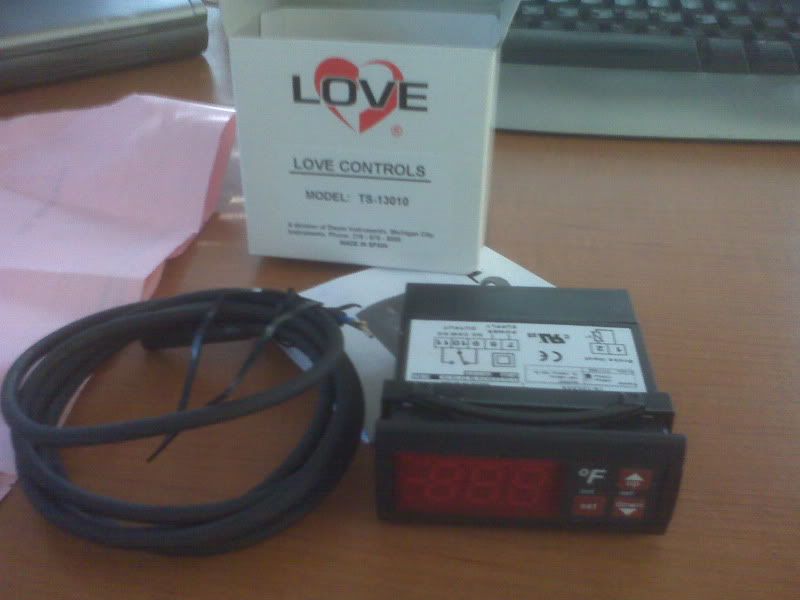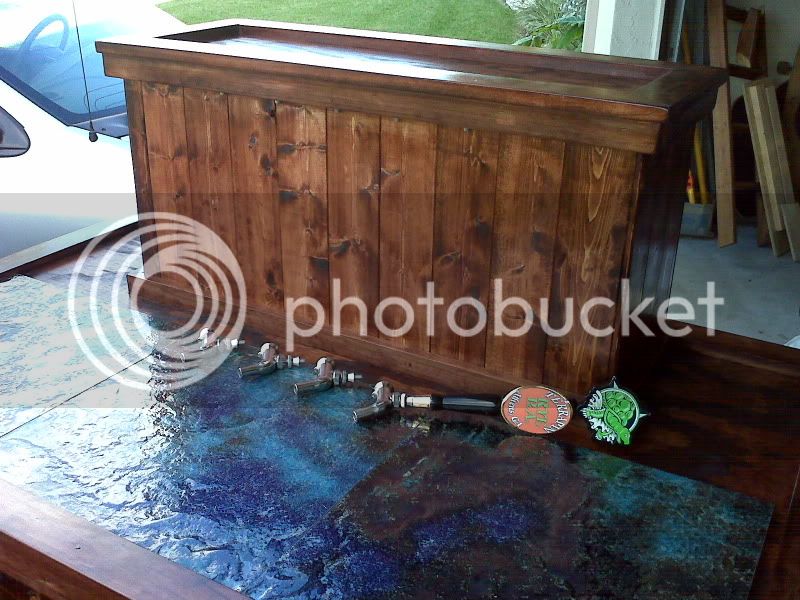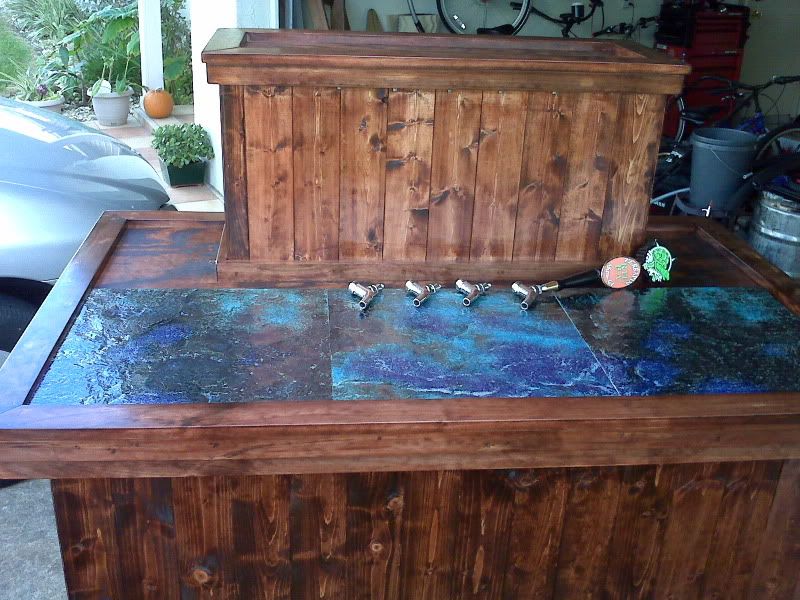jlandin
Well-Known Member
How did you avoid the refrigerant lines in the side when you drilled for the gas line? Also do you have a plan for the Love temp sensor or just leave it hanging in the freezer?
I'm keeping the CO2 tank inside the freezer, on the hump so I won't need to drill through the side wall. However, if ever I want to have an external gas hookup in the future, I would go out through the lid.
--
Josh


















![Craft A Brew - Safale S-04 Dry Yeast - Fermentis - English Ale Dry Yeast - For English and American Ales and Hard Apple Ciders - Ingredients for Home Brewing - Beer Making Supplies - [1 Pack]](https://m.media-amazon.com/images/I/41fVGNh6JfL._SL500_.jpg)









































